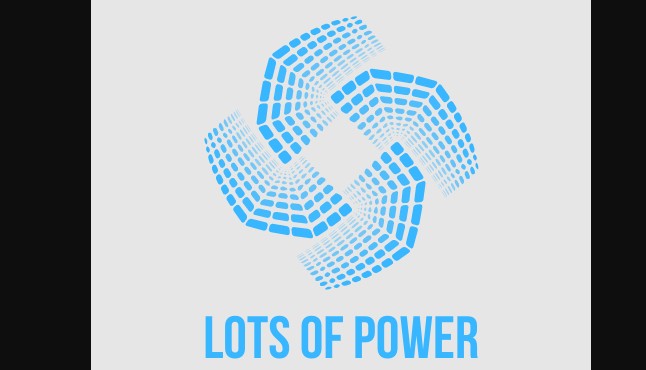
Okay, confession time: I used to be that person who tossed everything in the wash together, not even glancing at the labels. My clothes survived, but I had no idea what I was doing to them. Shrunk sweaters? Check. Faded colors? Yep. Fabric softener overload? Guilty. But I’m here to tell you, I learned the hard way (as usual). It turns out, laundry symbols exist for a reason.
They are your wardrobe’s survival guide, and once you figure out how to read laundry symbols, you’ll never make a mess of your favorite shirts again. Imagine this: your laundry game is strong, your clothes look fresh, and they last way longer. Sounds like a dream, right? Well, it’s totally within reach—just follow these simple steps.

What Are Laundry Symbols and Why Should You Care?
You might be wondering, “Why do laundry symbols even matter? Can’t I just wash my clothes like everyone else?” Well, honey, those little icons on your clothing tags are not just there to confuse you. They are the clothes’ way of speaking to you, telling you how to treat them right.
Each symbol is a laundry hack in disguise. The right wash, temperature, and drying instructions can mean the difference between your favorite sweater looking like new versus it becoming a pillowcase for your dog. Let’s break down the essentials.
First, there’s the washing symbol. A tub with water? That’s the “wash me” icon. Then, there’s the triangle (hint: it’s not a secret spy code). This symbol tells you about bleach instructions. Don’t skip the symbols because they give you the rundown on how to protect your clothes.
How to Read Laundry Symbols Without Losing Your Mind

Alright, here’s where it gets fun. Think of it as decoding an ancient language, except this one’s going to save you from a fashion disaster. We’ll start with the basics and work our way up to the advanced levels.
The Washing Symbols – It’s All About the Temperature
The most important thing to check first is the wash symbol, which looks like a little tub of water. The number inside the tub corresponds to the ideal washing temperature. If you see a “30”, that means cool water. Anything higher, like “40” or “60”, is for hotter water. But before you get excited about washing your clothes on a high setting, keep in mind that not all fabrics are created equal.
Now, don’t freak out if you see a hand symbol inside the tub. That’s a “hand wash only” situation, meaning your precious silk or delicate fabrics are too fragile for the machine. Be kind to them. Wash by hand or use a delicate setting on your machine.
The Drying Symbols – Keep Calm and Air Dry
Drying symbols, like the wash symbols, are vital for your clothes’ longevity. They’re typically represented by a square with a circle in the middle. This is where the fun begins. A solid dot means a low heat setting, two dots mean medium heat, and three dots? Well, that’s a high heat warning, so be careful. Some clothes can take it, while others will shrink faster than a teenager’s patience during a family road trip.
If you see a little line under the circle, it’s a reminder that you should air dry that piece. No dryer. You’ll save your favorite top from turning into a belly button-length crop shirt this way.
The Ironing Symbols – Pressing Matters
Ironing might seem like something you can skip, but your clothes are telling you exactly how to treat them. The ironing symbol looks like an iron with a few dots inside it. One dot? Low heat. Two? Medium. Three? Go ahead, blast that iron to high heat, but only for clothes that can handle it (like cotton).
How to Make the Most of Laundry Symbols

Alright, time to get hands-on. You’re ready to take your laundry game to the next level, but how do you make sure you’re not missing out on all the details? The trick is all about paying attention to the labels and using the symbols like a cheat sheet.
Start by separating clothes according to the washing and drying symbols. Yes, it might feel like extra work at first, but trust me—your clothes will thank you. Try this trick: make a mental note of the key symbols for your most frequently washed items (like your favorite T-shirt or jeans). It will become second nature in no time.
Next, always check the fabric content. If you have no idea what the symbol means, and you’re in a pinch, a quick internet search can save you. Want a hack? Use your phone to snap a pic of the label before washing. That way, if you forget what a symbol means mid-wash, you’ve got your personal laundry cheat sheet at the ready.
FAQ: Laundry Symbol Confusion – Solved
What do I do if the label is missing the laundry symbols?
No symbols? No problem. You can always look up care instructions online based on the fabric type. Generally, natural fibers like cotton can take a bit of heat, while delicate fabrics like wool need more care. If you’re really unsure, use a gentle cycle and low heat to be safe.
Can I ignore laundry symbols if I’ve washed something before without issues?
I get it—sometimes you get away with ignoring those symbols, and everything seems fine. But, a lot of the time, those symbols are protecting your clothes from long-term damage. Ignoring them could lead to things like fading, pilling, or the dreaded shrinkage. Better to play it safe!
Are laundry symbols the same on every piece of clothing?
Unfortunately, not. While many symbols follow standard conventions, you might see variations depending on where the clothing was made. If you’re traveling or buying clothes from international brands, it’s always a good idea to double-check the instructions.
Final Scoop Before You Jump In
So, now you’re practically a laundry symbol expert. It’s a small thing, but once you start paying attention to those labels, your wardrobe will thank you. No more surprises with shrinking clothes or turning your favorite shirt into a permanent crop top. And who knows? You might even become the person everyone asks about laundry symbols at parties.
Pro Tip: If all else fails, a gentle cycle and low heat never hurt anyone—especially if you’re working with delicate fabrics. So, toss the guesswork out the window and start treating your clothes like the high-maintenance stars they are. You got this.






